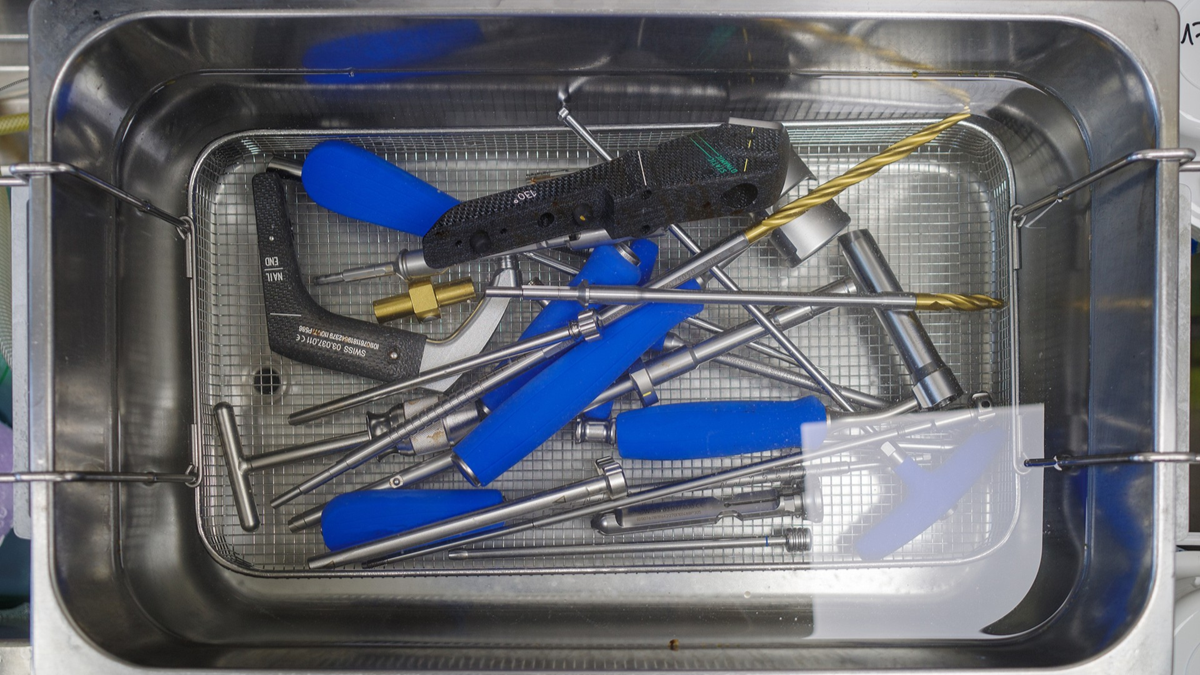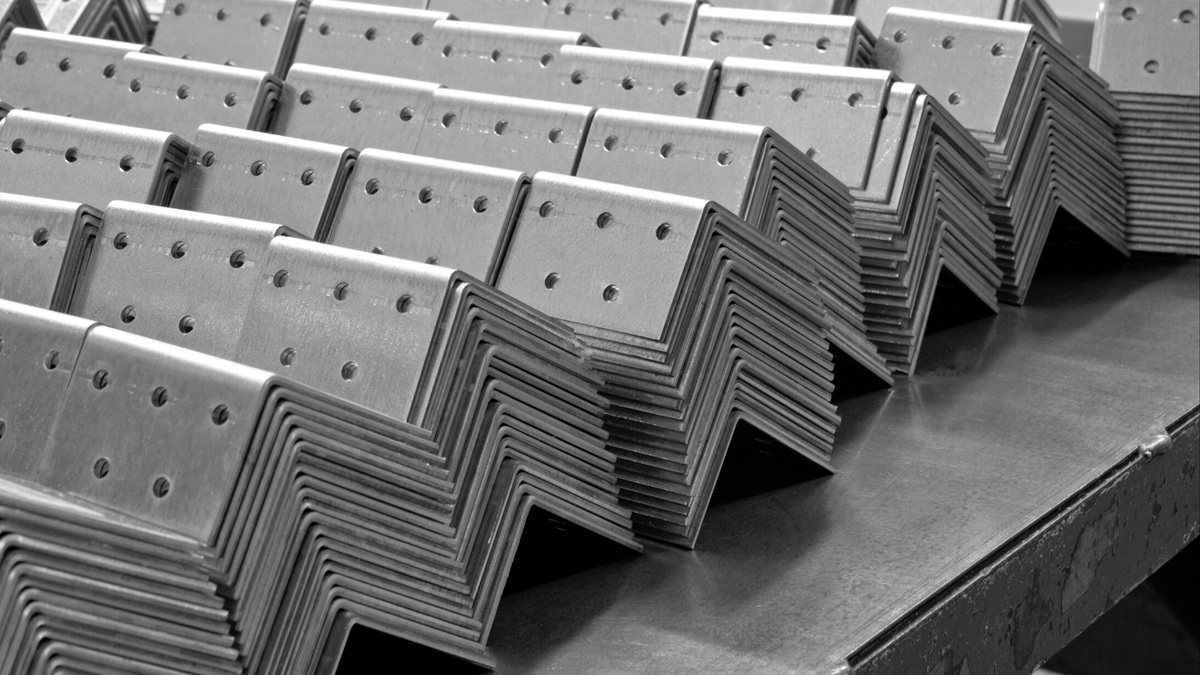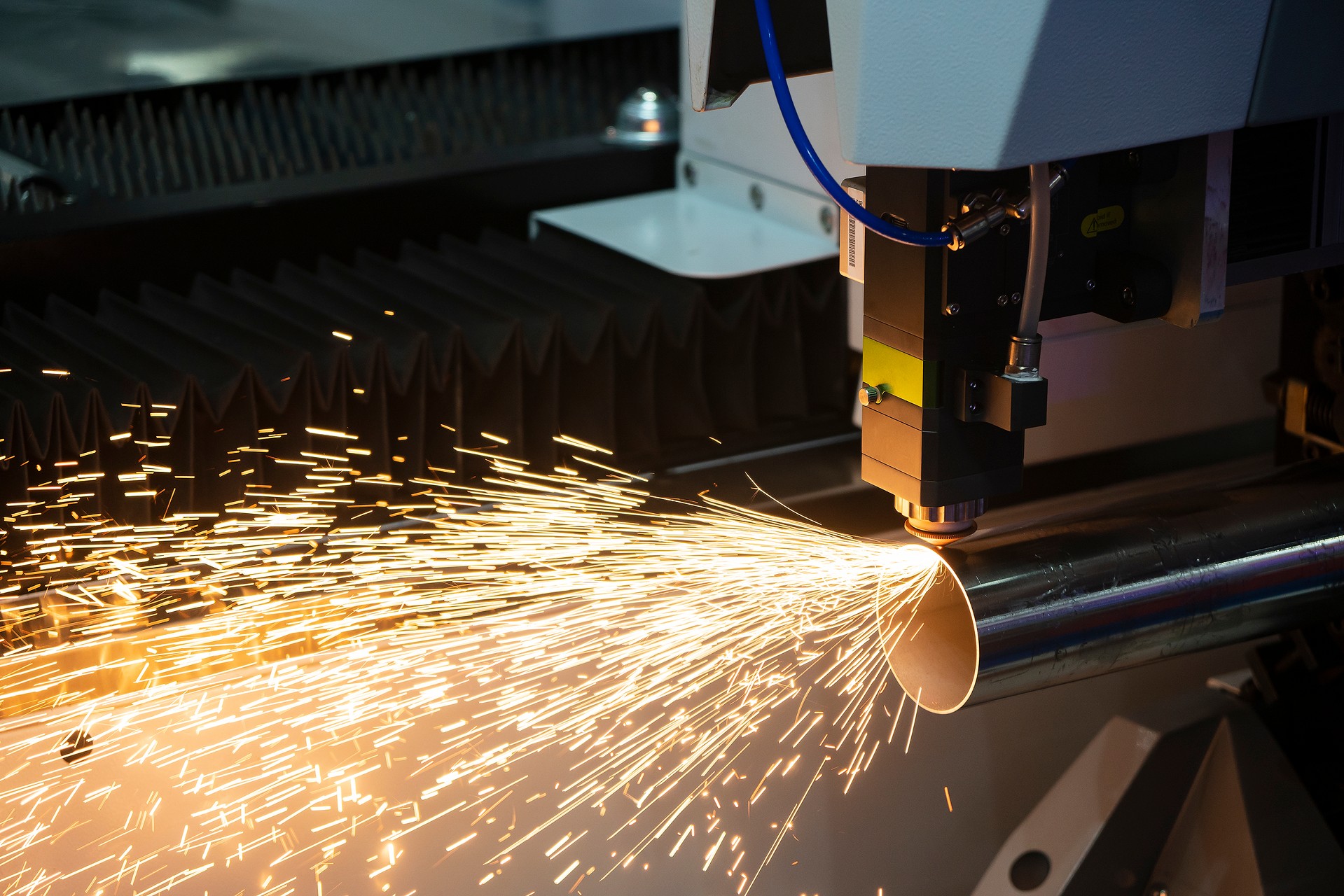Blow molding is a specialized forming technology used to produce hollow plastic products. Its applications span across food packaging, daily chemical products, medical containers, automotive parts, and more. According to different molding methods, blow molding machines can be broadly categorized into extrusion blow molding, injection blow molding, stretch blow molding, and the rapidly growing automated all-electric blow molding technology in recent years. These technologies each offer advantages in material usage, product size, molding precision, and production line efficiency, allowing companies to choose the most suitable machine type based on product requirements and budget.

Photo by https://www.parker-global.com/
Common Blow Molding Machine Types and Applications
- Extrusion Blow Molding (EBM)
Suitable for manufacturing medium to large containers such as detergent bottles, oil drums, and water jugs. Features include continuous production, simple structure, and fast molding, typically used for large-capacity packaging with materials like HDPE and PP.
- Injection Blow Molding (IBM)
Ideal for producing small to medium containers with high precision requirements, such as medicine bottles and cosmetic containers. The finished products have stable dimensions and fine neck finishes. Preforms are injection molded and then blow molded, resulting in products without obvious seams.
- Injection Stretch Blow Molding (ISBM)
Commonly used for transparent, high-strength containers like PET beverage bottles and cooking oil bottles. This technology uses biaxial stretching to enhance bottle rigidity and pressure resistance while reducing bottle weight.
- All-Electric Blow Molding
Uses servo motor drives to replace traditional hydraulic systems, offering advantages such as energy saving, oil reduction, low noise, and no pollution. Especially suitable for food and medical production lines requiring high cleanliness and precise control.
Key Considerations for Technology Selection
When choosing a blow molding machine, the following criteria should be evaluated
Product Type and Container Capacity:Large containers suit extrusion blow molding, while small-capacity, high-precision products are better matched with injection or stretch blow molding.
Material Characteristics:Using materials such as PET, HDPE, or PP requires corresponding heating and cooling mechanisms.
Production Capacity and Automation Level:
For mass production, multi-cavity high-speed machines are recommended, alongside consideration of full-factory automation or robotic integration.
Environmental and Energy-Saving Goals:For energy efficiency, carbon reduction, or clean manufacturing, electric blow molding equipment is advisable.
Conclusion
As the core equipment for manufacturing hollow plastic containers, blow molding machines’ technology types and operational features directly impact product quality and production efficiency. By understanding and evaluating various blow molding methods, companies can make more strategic decisions in product development and production line investment, while aligning with current industry trends toward lightweight design, smart manufacturing, and sustainable materials.





.png)








